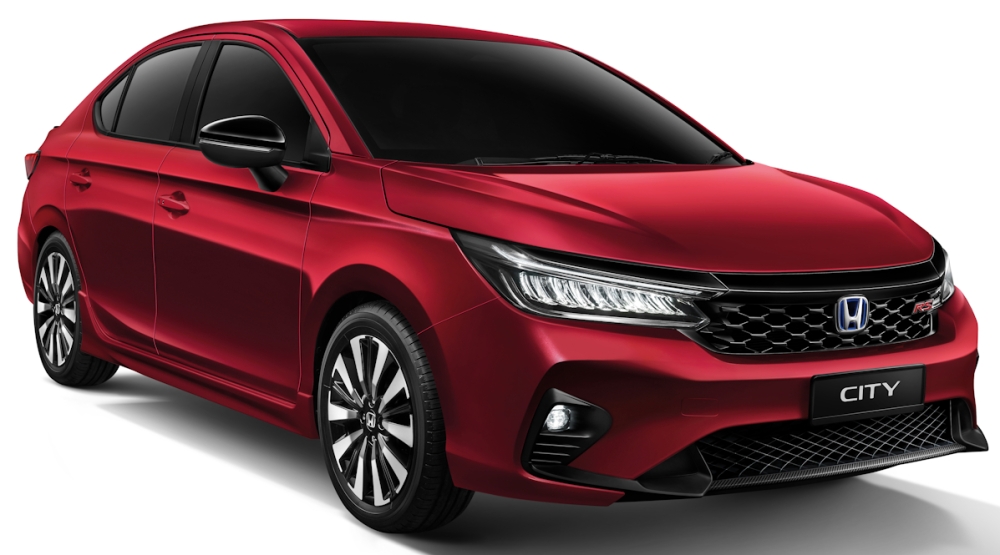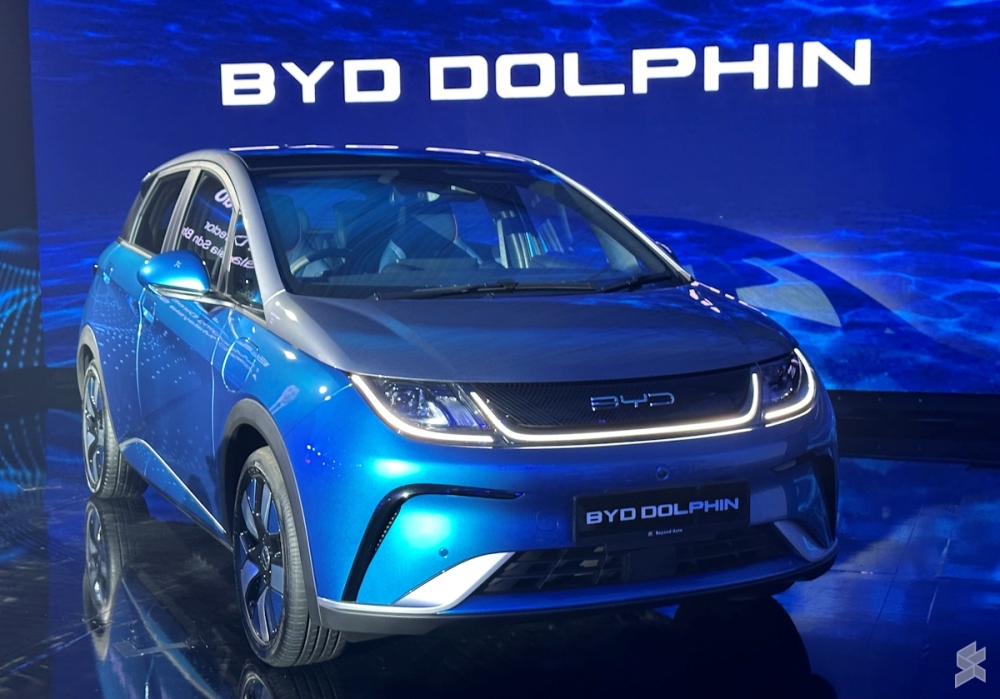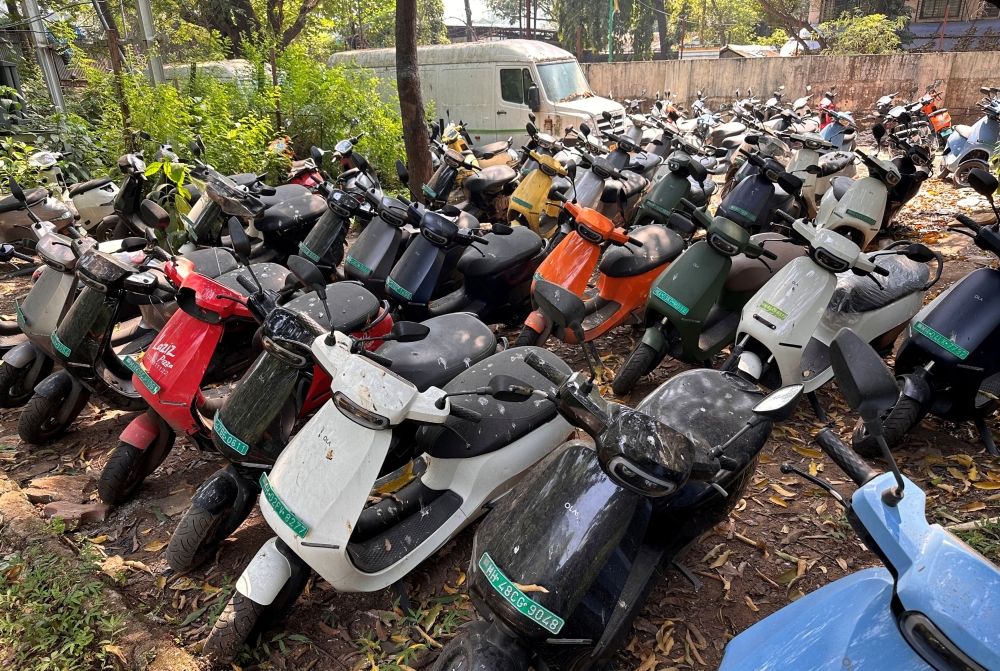- Budget 2025 may cut RON95 subsidies for the top 15 per cent income earners, raising cost of living concerns.
- Analysts suggest affected households consider switching to electric vehicles (EVs) as fuel prices could spike.
- Switching to a basic EV could reduce fuel costs but remains costly due to high purchase prices and loan repayments.
- Some may opt for fuel-efficient scooters instead, as they offer a much cheaper alternative to cars and EVs.
KUALA LUMPUR, Nov 8 — Prime Minister Datuk Seri Anwar Ibrahim’s recent statement on ending RON95 subsidies for the top 15 per cent income earners, known as ‘T15’, during the Budget 2025 tabling, has fuelled concerns over the impact on the cost of living.
Anwar’s announcement has particularly ruffled the middle class, who feel they are being unfairly punished.
One of the primary factors driving this anger is the controversy around the income classification itself.
Setting that debate aside, the anticipation of a fuel price spike could prompt affected households to consider lifestyle adjustments.
Given that mobility will bear the most immediate impact of a fuel price shock, as Malaysian households rely heavily on cars to move around, that adjustment may entail reassessing how much they spend on petrol.
Some analysts believe this should make the case for switching to electric cars. But how realistic is this and what are the pros and cons?
Below is a quick back-of-the-napkin calculation between the cost of sticking with a fossil-fuel car against buying an electric vehicle.

How much would a ‘T15’ family spend on petrol if RON95 price is floated?
Petrol costs for a T15 family using a 2023 Honda City 1.5S
Current Subsidised RON95 Price
- Full tank (40 litres): RM82
- Monthly petrol cost for one car: ~RM340
- Monthly cost for two cars: ~RM680
Hypothetical Unsubsidised RON95 Price (RM2.80/litre, based on 2008 prices)
- Full tank: RM112 (RM30 increase per week compared to subsidised rate)
- Monthly petrol cost for one car: ~RM500
- Annual petrol cost for one car: ~RM6,000
Maintenance Costs
- Servicing and maintenance every three months: ~RM200
To calculate how much a T15 household would have to spend on fuel without subsidies, we look at what we think is the most average prefered family car — the 2023 Honda City 1.5S.
The Honda City 1.5S has a 40-litre tank. At the current subsidised price, the family would pay around RM82 for a full tank.
Suppose the family can spread 40 litre usage throughout a week, that would amount to around RM340 a month.
Recall that this is just for one car. The amount would more or less double if both the husband and wife use their cars regularly.
Then we use the 2008 price (when RON97 subsidy was completely removed) as a hypothetical benchmark for RON95 price at an unsubsidised rate, at RM2.80 a litre.
That would amount to RM112 for a full tank, an increase of RM30 for one week’s worth of fuel. For a month, that would amount to around RM500. A year? At least RM6,000.
At this rate monthly fuel cost alone would take up at least 10 per cent of the husband or wife’s take-home salary of RM5,850, assuming both of them make RM6,500 each (minus EPF contribution, income tax and other mandatory deductions).
This doesn’t account for servicing and maintenance, which can cost up to RM200 every three months.

What if they decide to switch to an electric car?
Cost of switching to an electric car (BYD Dolphin Standard)Vehicle Purchase
- Base price: RM100,000
- Monthly loan instalment with 10 per cent down payment (5-year tenure): ~RM1,500
Battery Charging Costs
- Full charge (using Gentari charger): ~RM57
- Monthly charging cost: ~RM220
- Annual charging cost: ~RM2,700
Total Monthly Cost of Owning a BYD Dolphin
- Loan instalment + charging cost: ~RM1,700 for the first five years
We looked at the most entry level electric car for comparison and chose the BYD Dolphin standard, which should fit a family of four comfortably.
Nicknamed the “poor man’s Tesla”, BYD is a Chinese EV car maker that’s received positive reviews because of its built quality and battery durability.
The Dolphin, with a 44kWh battery capacity and a 70kW power output, could travel up to 410km with a single charge.
Depending on the service provider, charging from zero to a full capacity can cost between RM50 to RM70.
For a BYD Dolphin standard battery charged at one of Gentari’s chargers (they’re available at many Petronas petrol stations), it would cost approximately RM57 for full capacity. That is RM55 cheaper than a full tank of RON95 for a Honda City model mentioned above.
Using the same mileage calculation weekly usage for the Honda City, driving a BYD Dolphin a month would cost some RM220 or RM2700 a year.
Still, households with a combined monthly income of RM13,000 may find the financial cost to make that switch strenuous.
A BYD Dolphin is priced at RM100,000. Even with a 10 per cent down-payment, the monthly instalment for a five-year tenure would amount to over RM1,500, that’s more than 10 per cent of the household’s take home salary.
Add that to the monthly battery charging cost the couple would have to pay up to RM1,700 a month for the next five years.

What other options are there?
Cost of using a petrol-based scooter (e.g., Yamaha Nmax 155)
- Fuel Costs (RON95 Unsubsidised at RM2.80/litre)
- Full tank: RM13 to RM19
- Monthly fuel cost (based on 30-40km daily use): ~RM135
The next cheapest thing would be the motorcycle, be it electric or even fuel-based.
We previously reported that worsening traffic has nudged car users to switch to EV bikes, pushing sales up. There is a chance that higher petrol prices could drive that switch further.
If the said household prefers to stick with a petrol-based scooter because they generally cover more distance than an electric motorcycle, a full tank of unsubsidised RON95 would cost just between RM13 to RM19.
Based on interviews with bike users, a full tank of a 155cc scooter like Yamaha’s Nmax 155 can usually last for four days with daily use of between 30km to 40km.
Using this as average, a month worth of RON95 at RM2.80 a litre would cost the household RM135 a month — that’s RM350 cheaper than the monthly fuel budget if you use a Honda City.



















